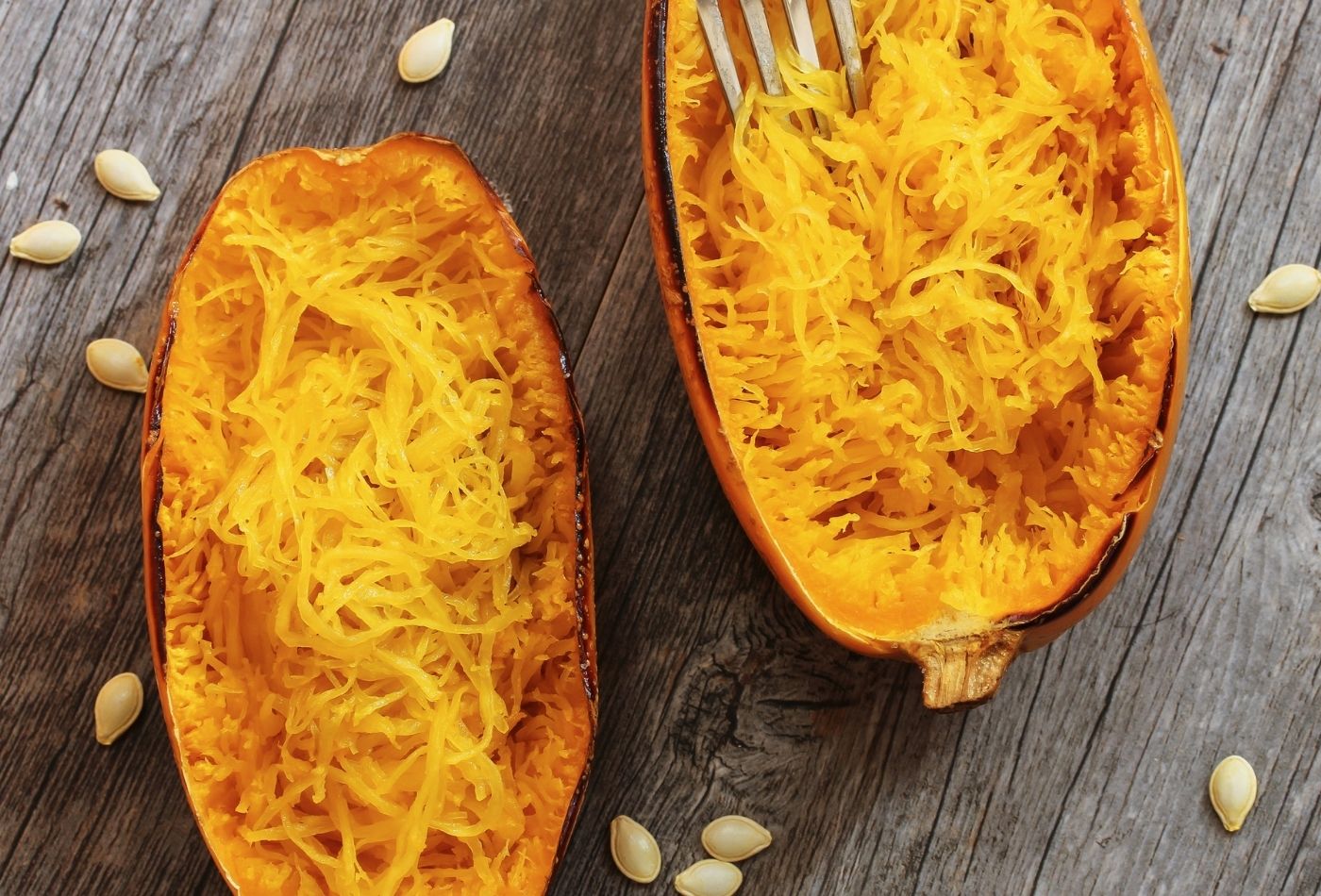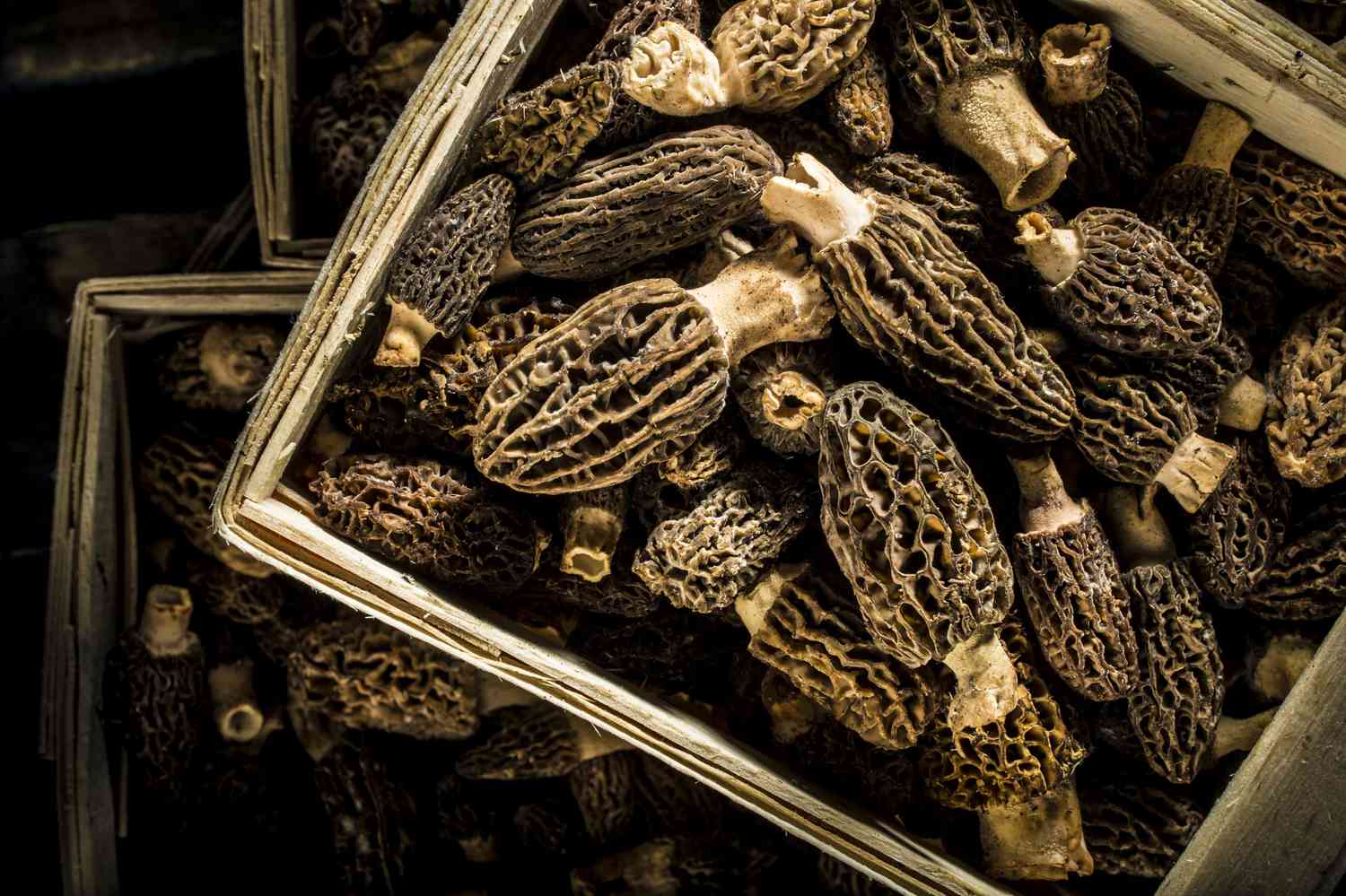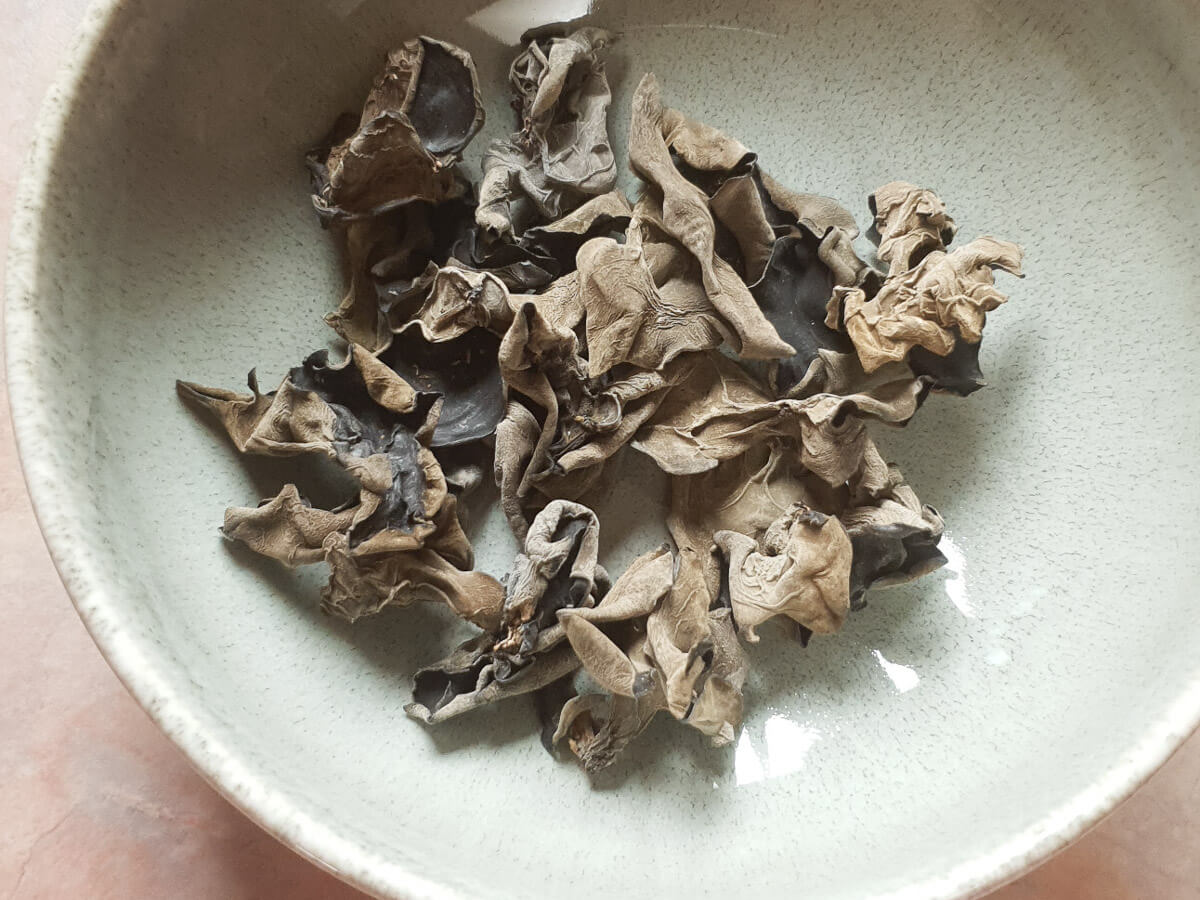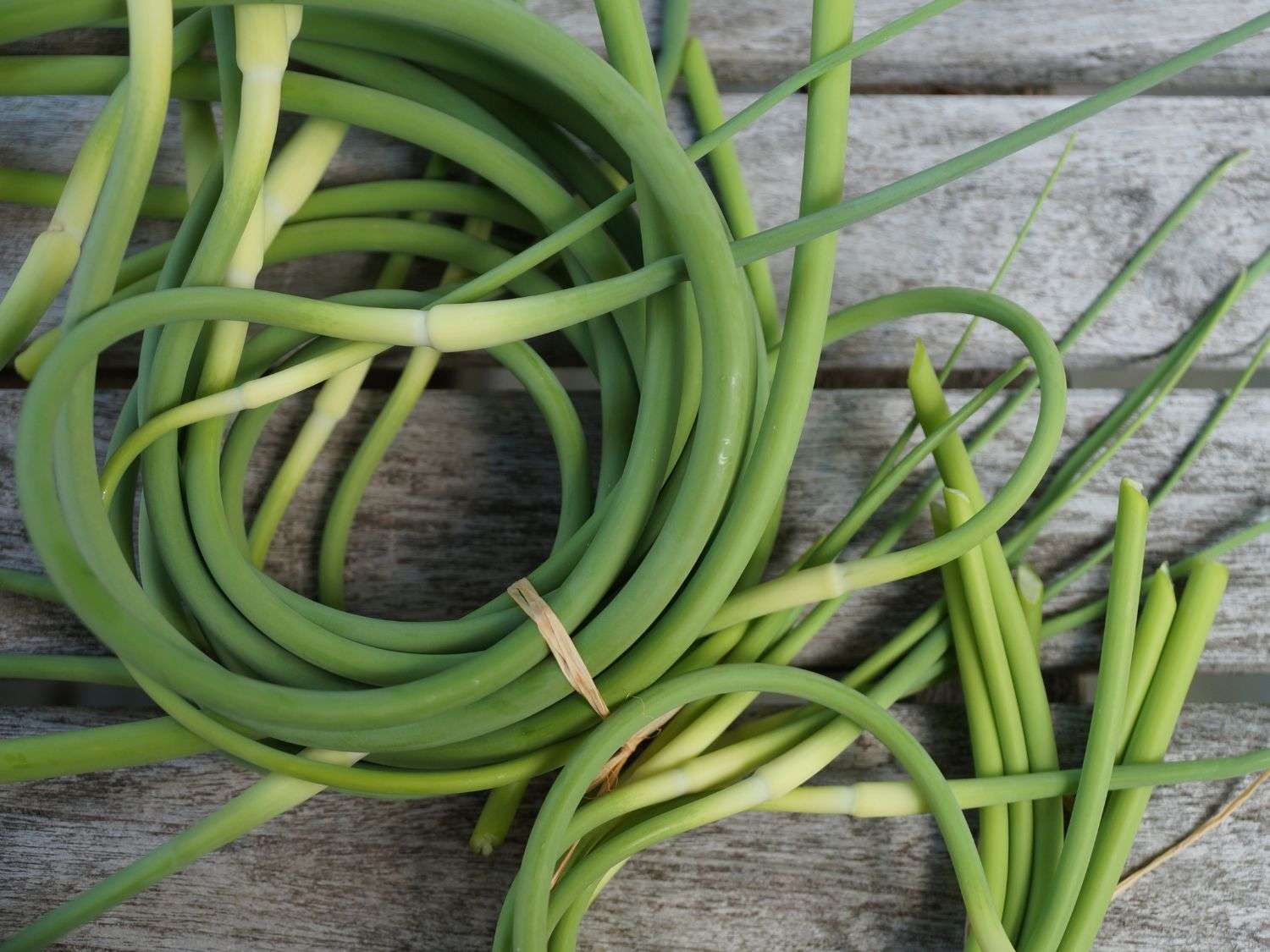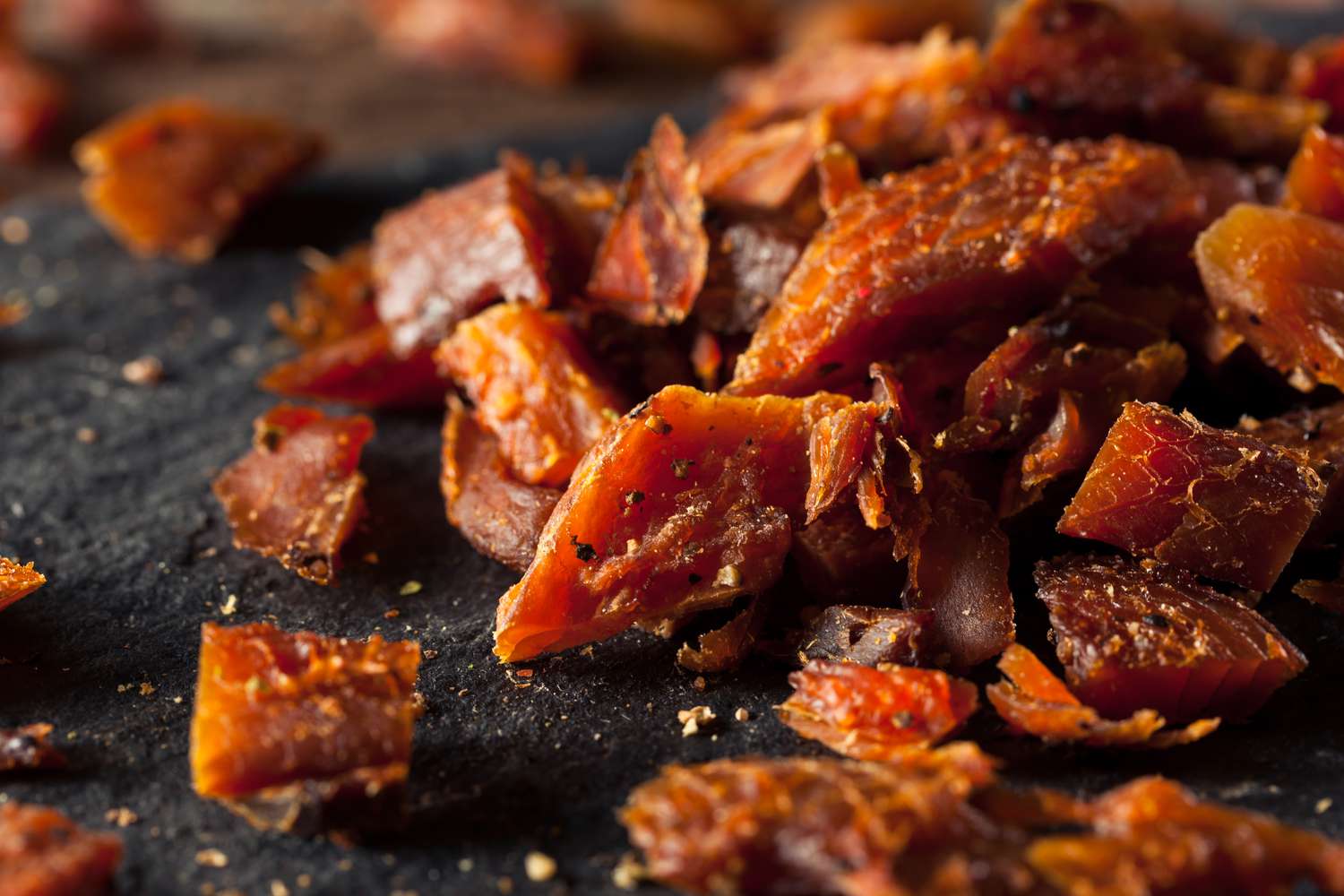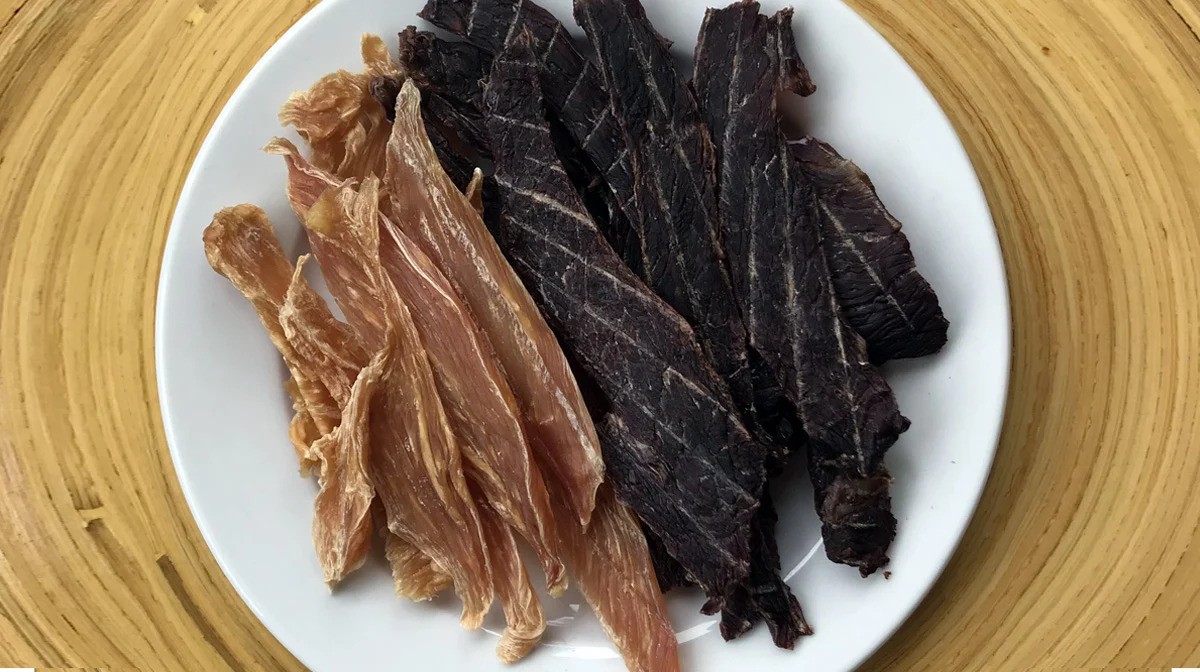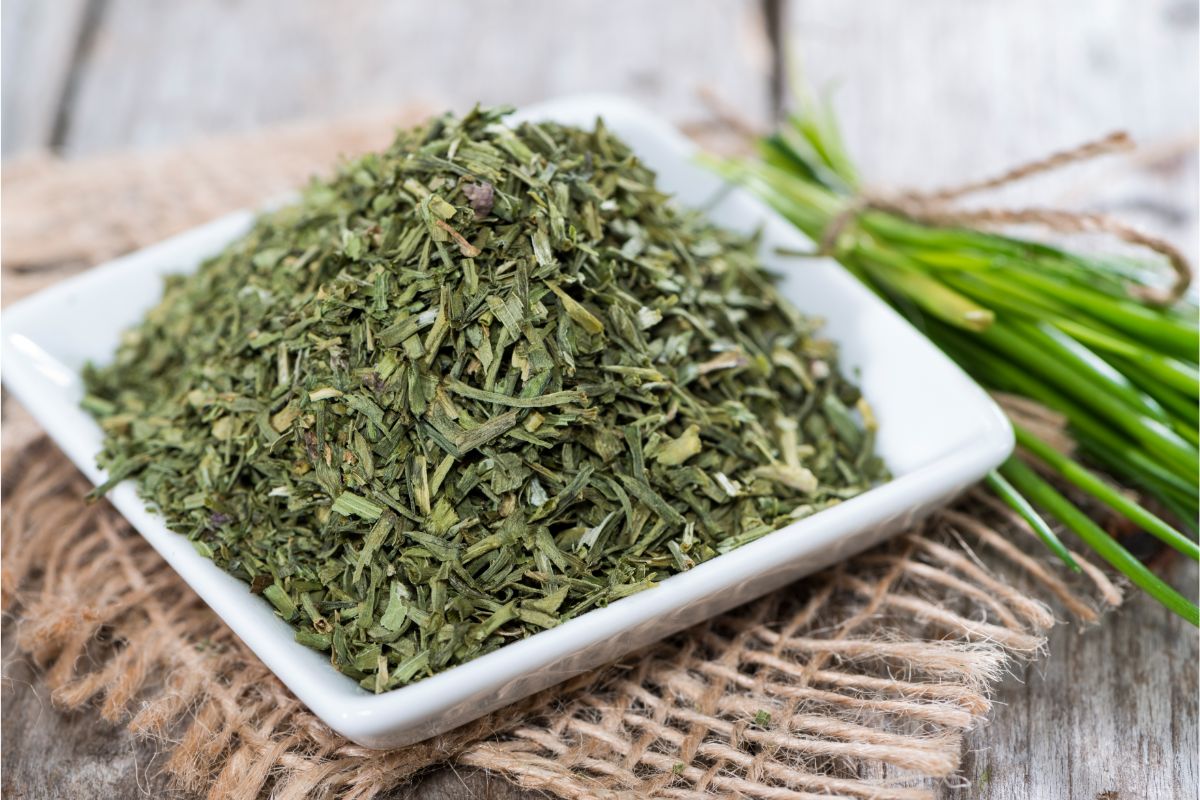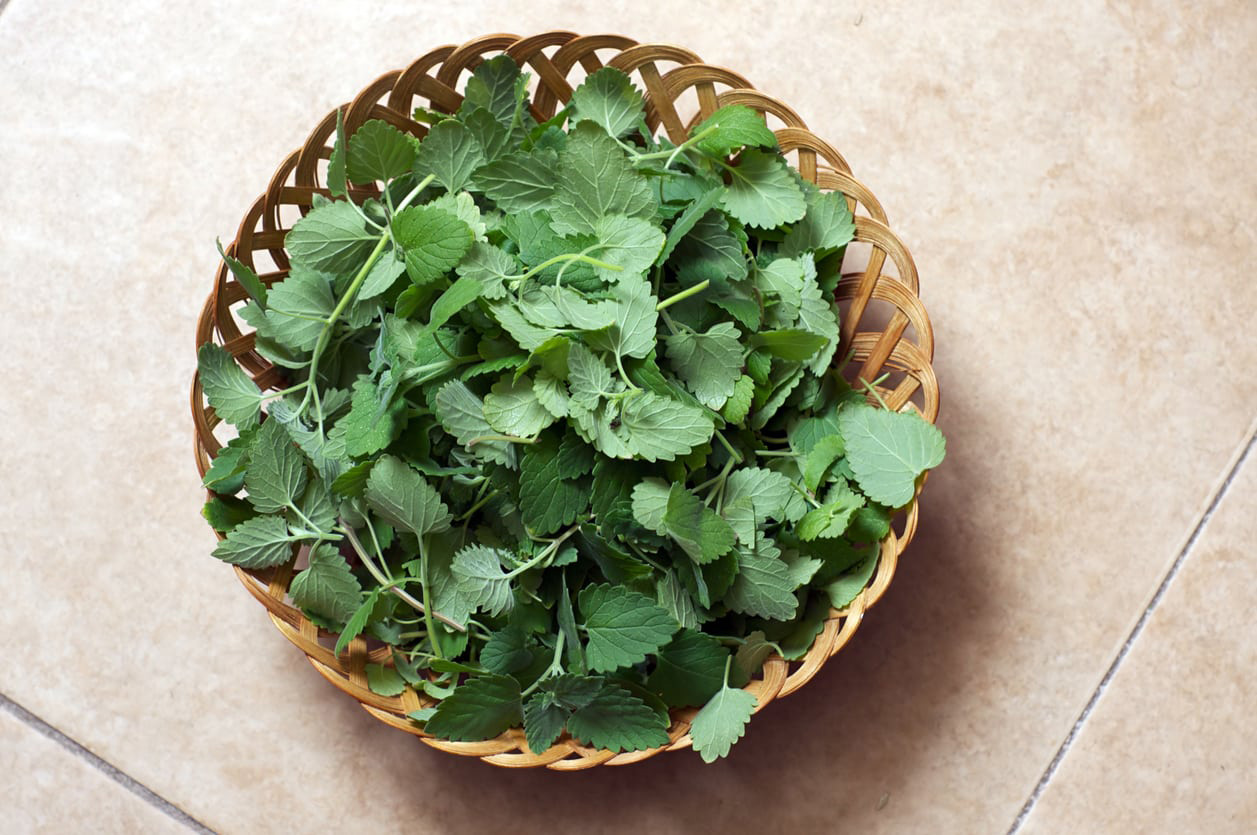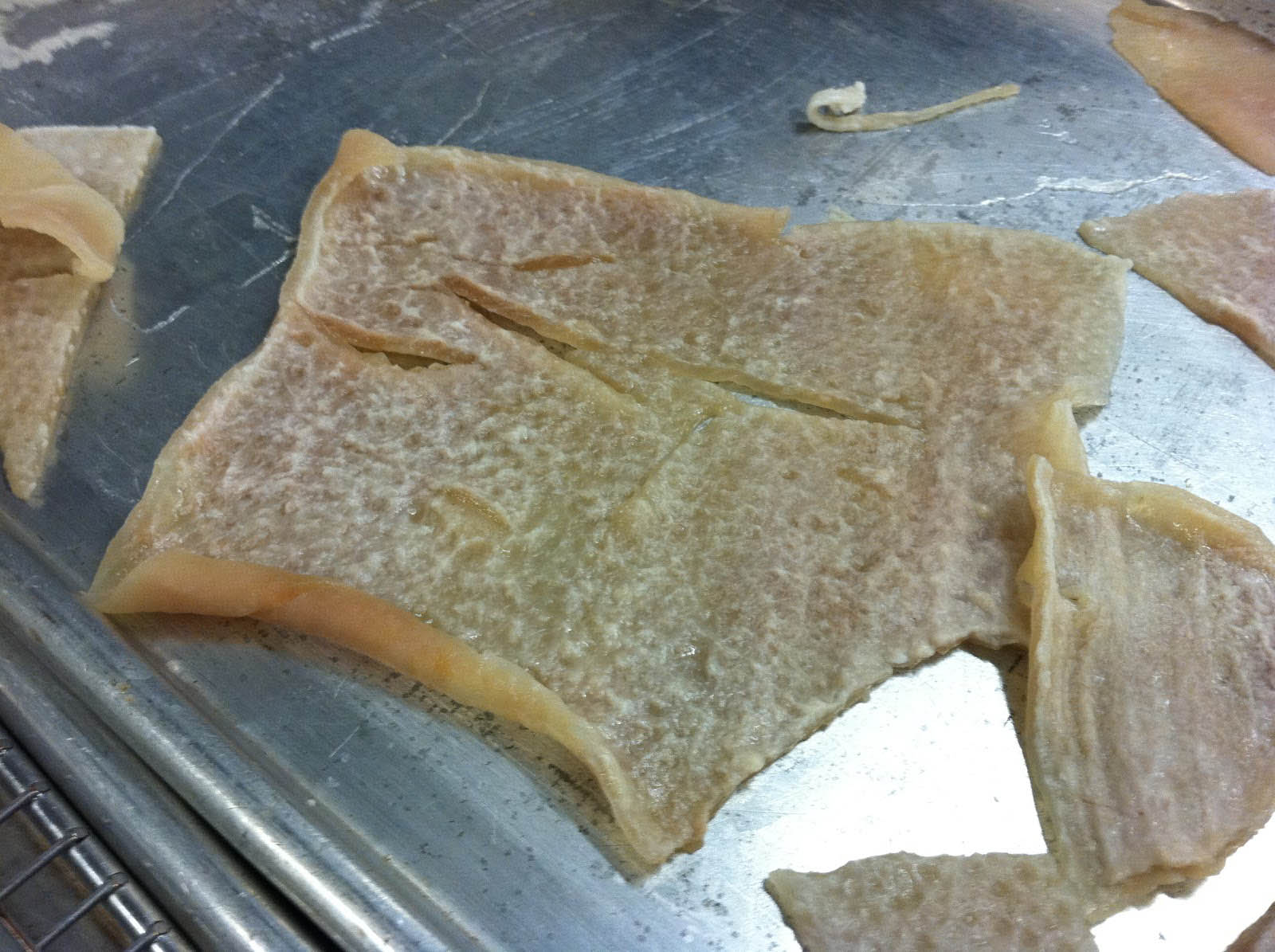Dehydrating Soybeans: A Nutritious and Versatile Snack
Dehydrating soybeans is a simple and effective way to preserve this nutritious legume for long-term storage. Whether you want to create your own healthy snacks or incorporate dehydrated soybeans into your favorite recipes, the dehydration process can help you make the most of this versatile ingredient. In this guide, we’ll walk you through the steps to dehydrate soybeans at home, so you can enjoy their benefits year-round.
Why Dehydrate Soybeans?
Soybeans are a fantastic source of plant-based protein, fiber, and essential nutrients. By dehydrating soybeans, you can create a convenient and shelf-stable snack that’s perfect for on-the-go munching or as a topping for salads and soups. Dehydrated soybeans can also be ground into a fine powder to make homemade soy flour, which can be used in baking or as a thickening agent in sauces and gravies.
Steps to Dehydrate Soybeans
Follow these simple steps to dehydrate soybeans in your own kitchen:
- Preparation: Start by rinsing the soybeans under cold water to remove any dirt or debris. Then, soak the soybeans in a large bowl of water for 8-10 hours or overnight. This will help to rehydrate the beans and prepare them for the dehydration process.
- Drain and Rinse: After soaking, drain the soybeans and rinse them thoroughly under cold water.
- Spread on Dehydrator Trays: Evenly spread the soaked soybeans on the trays of a food dehydrator, making sure to leave space between the beans for air circulation.
- Dehydrate: Set the dehydrator to a temperature of 125°F (52°C) and allow the soybeans to dehydrate for 8-10 hours, or until they are completely dry and crisp to the touch.
- Cool and Store: Once the soybeans are dehydrated, allow them to cool to room temperature before transferring them to an airtight container for storage. Store the dehydrated soybeans in a cool, dark place for optimal shelf life.
Ways to Enjoy Dehydrated Soybeans
Once you’ve dehydrated your soybeans, there are countless ways to enjoy this nutritious snack:
- Trail Mix: Combine dehydrated soybeans with nuts, seeds, and dried fruit for a protein-packed trail mix.
- Crunchy Salad Topping: Sprinkle dehydrated soybeans on top of your favorite salads for an added crunch and nutritional boost.
- Homemade Protein Bars: Incorporate dehydrated soybeans into homemade protein bars for a wholesome and satisfying snack.
- Soy Flour: Grind dehydrated soybeans into a fine powder to use as a gluten-free flour alternative in baking.
Conclusion
Dehydrating soybeans is a simple and rewarding process that allows you to enjoy the nutritional benefits of this versatile legume in a convenient and long-lasting form. Whether you’re looking for a wholesome snack or a way to enhance your favorite recipes, dehydrated soybeans are a valuable addition to any pantry. With a little time and effort, you can create your own delicious and nutritious dehydrated soybeans at home.
The reader can dive into a variety of recipes to put their newfound dehydrating skills to good use. For a delightful crunch in salads, try the Crunchy Dehydrated Soybean Salad Topping, which adds texture and protein. For those who enjoy a hearty snack on the go, the Protein-Packed Trail Mix with Dehydrated Soybeans is a must. If breakfast is your focus, the Homemade Soy Flour Pancakes and Dehydrated Soybean Granola Bars provide nutritious morning options. Another excellent energy booster is the Soybean and Nut Energy Bites. For baking enthusiasts, the Gluten-Free Soybean Flour Bread and Soybean Flour Chocolate Chip Cookies offer delicious alternatives. For something savory, the Spicy Dehydrated Soybean Snack Mix and Dehydrated Soybean Croutons for Soups are fantastic choices. The Dehydrated Soybean and Veggie Stir-Fry is a quick and healthy dinner option, while the Vegan Soybean Protein Smoothie makes for a refreshing drink. For more unique recipes, try the Dehydrated Soybean-Crusted Chicken or Soybean Flour Tortillas. Lastly, the Dehydrated Soybean and Oatmeal Breakfast Bars and Dehydrated Soybean Chili are perfect for meal prep and easy dinners.
